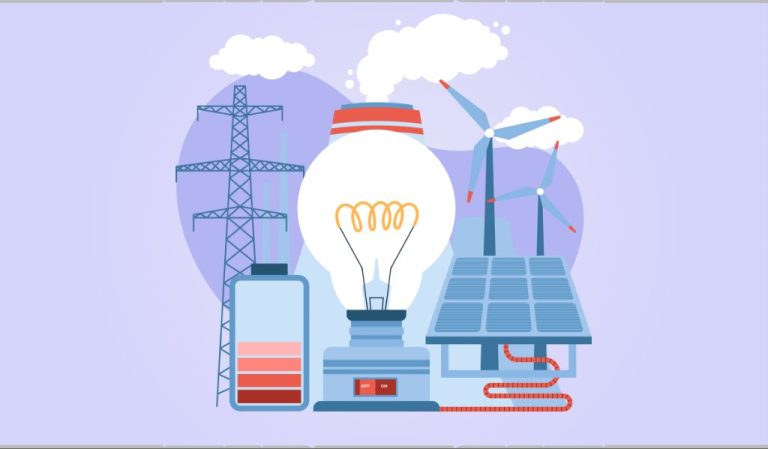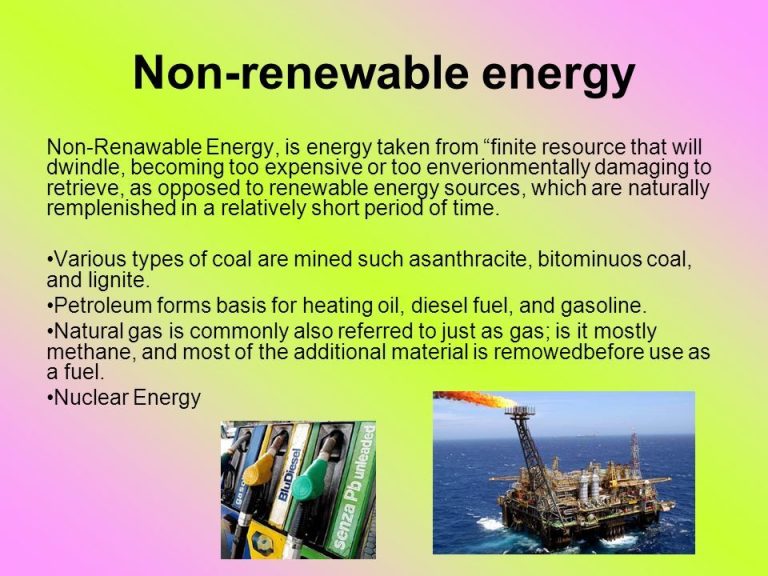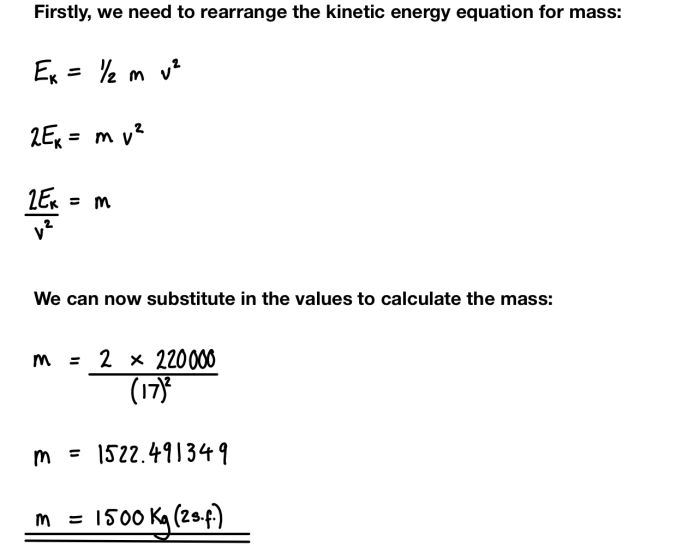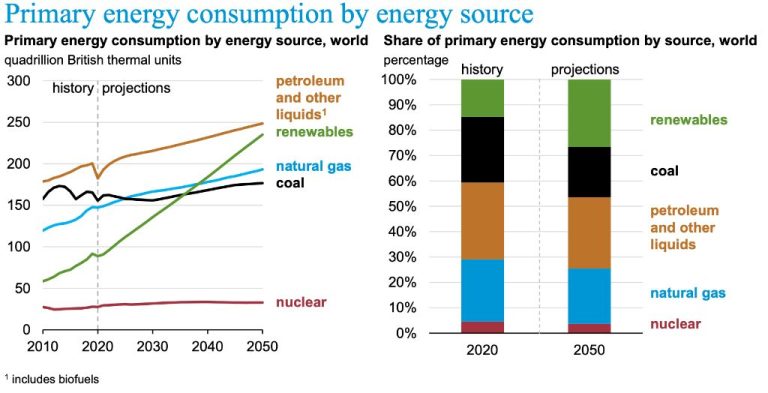How Is Potential And Kinetic Energy Similar?
Potential energy and kinetic energy are both forms of mechanical energy. Potential energy refers to stored energy based on an object’s position or configuration, while kinetic energy is the energy of motion. Understanding the relationship between these two types of energy is key to explaining how many systems in physics work.
Potential energy represents stored energy that an object has due to its position relative to some reference point. For example, a ball held at a height above the ground has gravitational potential energy. Kinetic energy is the energy associated with motion. A moving object, like a rolling ball, has kinetic energy.
While potential and kinetic energy may seem quite different initially, they are deeply connected. Energy can transfer back and forth between potential and kinetic. This interconversion allows useful work to be extracted from physical systems.
Forms of Potential Energy
There are several main forms of potential energy:
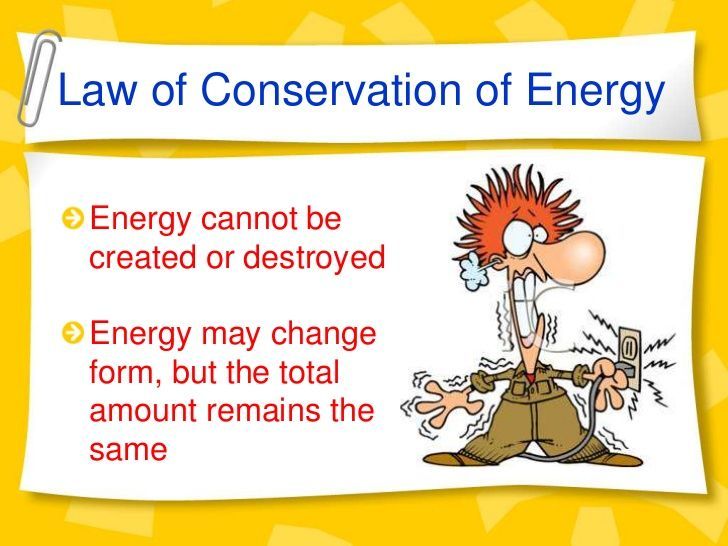
Chemical potential energy exists in the bonds between atoms and molecules. This energy can be released in chemical reactions when the bonds break and reform. For example, the energy stored in gasoline, batteries, and food has chemical potential energy.
Gravitational potential energy depends on the position or height of an object in a gravitational field. The higher the position of the object, the greater its potential energy. For instance, water held behind a dam has gravitational potential energy that can be converted to kinetic energy as it falls.
Elastic potential energy is stored in elastic materials that are stretched or compressed. Springs and rubber bands have elastic potential energy that can be released when the tension is relaxed.
Electrical potential energy exists between charged particles or objects. It can be seen in static electricity or in capacitors. The buildup of opposite charges contains electrical potential energy.
Nuclear potential energy is stored within an atom’s nucleus. It holds the protons and neutrons together against the electrical repulsion between the protons. Nuclear potential energy is released in nuclear fission and fusion.
Forms of Kinetic Energy
Kinetic energy is the energy of motion. There are several common forms of kinetic energy:
Radiant Energy
Radiant energy is the energy of electromagnetic radiation, including light, radio waves, gamma rays, and more. Radiant energy is transferred by electromagnetic waves and photons. An object that emits radiation has radiant kinetic energy.
Thermal Energy
Thermal energy comes from the kinetic energy of atoms and molecules in matter. The greater the movement of atoms and molecules, the higher the thermal energy. Thermal energy relates to the temperature of matter.
Mechanical Energy
Mechanical energy is energy from the motion and position of physical objects. Kinetic mechanical energy comes specifically from motion. A moving object, like a ball being thrown or a person running, has kinetic mechanical energy.
Relationship Between Potential and Kinetic
Potential energy and kinetic energy are closely related concepts in physics. The law of conservation of energy states that the total amount of energy in an isolated system remains constant. This means that energy can be converted from one form to another, but it cannot be created or destroyed.
Potential energy can be converted into kinetic energy, and vice versa. For example, when you hold a ball at a height above the ground, it has gravitational potential energy due to its position. If you drop the ball, this potential energy gets converted into kinetic energy as the ball accelerates towards the ground under gravity. The kinetic energy of the moving ball can in turn be converted back into potential energy if it travels upwards against gravity and regains height.
In mechanical systems like pendulums, springs, and roller coasters, energy continuously gets converted back and forth between potential and kinetic forms. The conversion between potential and kinetic energy allows mechanical work to be performed in cyclic processes. Understanding the relationship between these two forms of energy is key to explaining phenomena in classical mechanics, thermodynamics, and other areas of physics.
Conversion Between Types
Potential energy and kinetic energy can convert between each other, depending on the situation. In general, potential energy gets converted into kinetic energy when the object with potential energy moves or interacts with other objects. For example, when you hold an object above the ground, it has gravitational potential energy. When you let go of the object, allowing it to fall, that potential energy gets converted into kinetic energy as the object gains speed. The faster the object falls, the more kinetic energy it gains.
The opposite can also happen – kinetic energy can convert into potential energy. For instance, when you throw a ball into the air, it starts with kinetic energy from your throw. As it rises, the kinetic energy from the throw gets converted into gravitational potential energy. At the top of its arc, the ball has maximum potential energy and minimal kinetic energy. Then as it falls back down, the potential energy gets converted back into kinetic energy again.
Other types of potential energy like chemical and elastic potential can also convert into kinetic energy. For example, during an explosion, the stored chemical potential energy in the explosives gets released and converted into heat, light, and kinetic energy of rapidly expanding gases. A compressed spring converting its elastic potential energy into kinetic energy to launch a toy is another common example.
Conservation of Energy
A key principle that connects potential and kinetic energy is the law of conservation of energy. This law states that within an isolated system, the total amount of energy remains constant. Energy can neither be created nor destroyed, only converted from one form into another.
In the context of potential and kinetic energy, the law of conservation of energy means that the total amount of mechanical energy, which is the sum of potential and kinetic energy, stays the same. When an object gains potential energy, it loses an equal amount of kinetic energy. When the object loses potential energy, that energy gets transferred into kinetic energy. The total mechanical energy before and after the transfer remains unchanged.
For example, when you lift an object upwards, you are increasing its potential energy and decreasing its kinetic energy by an equal amount. As the object falls back down, the potential energy decreases while the kinetic energy increases by the same amount. The total mechanical energy at the start when the object was still, halfway through the lift, at the peak height, and back down again is exactly the same.
This conservation of total mechanical energy highlights the interconvertibility between potential and kinetic energy. The law states that energy is neither created nor destroyed, just converted between different forms.
Similarities Between Potential and Kinetic Energy
Potential and kinetic energy share some key similarities that are important to understand:
Both are forms of energy – This is the most basic similarity. Potential energy is stored energy and kinetic energy is energy in motion, but they are both energy that can be quantified and measured.
They can convert between types – One of the defining features of potential and kinetic energy is that they can change back and forth between one another. Potential energy can be converted into kinetic energy, while kinetic energy can be converted into potential energy. This interconversion makes them connected.
They follow the law of conservation of energy – The total amount of energy in a closed system remains constant, according to the conservation of energy principle. So the total amount of potential and kinetic energy combined does not change, even as energy transforms between potential and kinetic forms.
Differences Between Potential and Kinetic Energy
While potential and kinetic energy are related, they have some key differences:
Potential energy is stored energy, while kinetic energy is energy of motion. Potential energy can take several forms that are not in motion, such as gravitational energy due to an object’s height, or chemical energy stored in the bonds of atoms and molecules. Kinetic energy is always in motion in some way, whether it is the motion of electrons in electric current, object motion, or molecular motion resulting in thermal energy.
There are various types of potential energy, such as gravitational, elastic, chemical, and nuclear energy. Kinetic energy can also take different forms including radiant, thermal, motion, sound, and electrical energy.
While potential energy is stored until released, kinetic energy requires motion to occur. Potential energy can build up in a system but kinetic energy must be generated continuously.
When potential energy transforms into kinetic energy, the total mechanical energy remains constant. This is known as the conservation of energy principle.
Examples
Potential energy and kinetic energy are in constant interplay in many real life situations. Here are some common examples:
Pendulum
A pendulum has potential energy at the top of its swing due to gravity. As it swings down, this potential energy converts into kinetic energy. At the bottom of the swing, the pendulum has maximum kinetic energy and minimum potential energy. As it swings back up, the kinetic energy converts back into potential energy.
Roller Coaster
At the top of a roller coaster track, the roller coaster train has maximum potential energy. As the train moves down the track, this potential energy is converted into kinetic energy, giving the train speed and excitement. When the train travels up a hill, kinetic energy is converted back to potential energy.
Bouncing Ball
When a ball is held above the ground, it contains potential energy. As it falls, this transforms into fast kinetic energy. When the ball hits the ground and compresses, the kinetic energy is briefly stored as elastic potential energy. As the ball bounces back up, the potential energy is converted once again to kinetic energy.
Conclusion
In summary, potential and kinetic energy are two of the fundamental forms of energy, although they manifest and behave very differently. Both are important concepts in physics and engineering. The key similarities between them are:
- They can convert back and forth between one another.
- The total amount of energy is conserved in conversions between potential and kinetic energy.
- They are found throughout nature and technology in various forms.
The main differences are:
- Potential energy is stored energy ready to do work, while kinetic is energy of motion.
- Potential energy is dependent on an object’s position or configuration, kinetic energy on its motion.
- Kinetic energy is always positive, while potential can be negative.
By understanding the relationship between potential and kinetic energy, and how they can convert, we gain insight into many natural and engineered systems.


